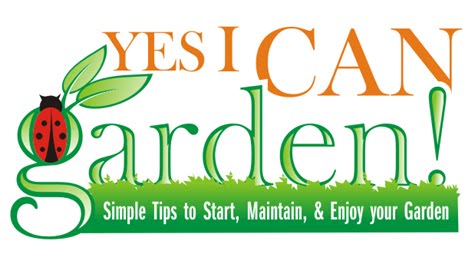If you are like me, you will enjoy some of these projects just as much as the kids will.
Leaf Rubbings

Using wax crayons and smooth white paper, lightly rub the crayons over a leaf that you have removed and placed on a flat surface such as a table or clipboard. Rubbings can also be made from bark. Simply hold the paper against the trunk of the tree; kids will enjoy seeing the distinct patterns made by each type of leaf or bark.
Keeping Insects
Many children will enjoy making a small temporary home for insects, whether they choose to keep caterpillars, slugs, snails, ladybugs, or other insects they find in the garden. Toy stores or stores stocking educational products will likely have kits for sale. If you make a miniature insectarium on your own, make sure that you have adequate ventilation as well as appropriate sources of food for the insects. Don’t place the plastic or glass container in an area with direct sunlight, where you risk overheating the contents of the container. If you want to add another component to the project, have children draw or chart the movements of the insects, or have them chart how much the insects have been eating (easier to see for some insects than others!).
Drawing Maps of the Garden
Children can help to plan and map out the layout for one garden bed, or for a vegetable patch—even for the garden as a whole. If you already have a substantially developed garden underway, then children might enjoy drawing maps on large newsprint, showing structures, heights of plants and trees, and relative distances between objects and structures in the garden.
Making a Miniature Garden
These can be as simple or as complex as you please. I take inspiration from the Gingerbread Houses we make each year—once you get going with your ideas, the options for whimsical details seem endless! To begin, take a fairly shallow container with adequate drainage. Consider some of the planter baskets sold at nurseries--some are flat and made of natural materials, which can add to the impression of having a little piece of the outdoors that you can keep in the house. Make sure that the base is stable if you plan to display it on a stand or other flat surface. If the container does not already have drainage holes, add some yourself, and then add a layer of chipped terracotta before adding potting medium. If you are giving the miniature garden as a gift, then you can use a plate underneath that features a seasonal or thematic design (musical notes for a music teacher; apples for a classroom teacher, and so on). After the base is ready, use materials from craft stores, dollar stores, and recycled materials from around the house to make miniature garden sheds, houses, birdhouses, ponds, birdbaths, and benches. Use small pebbles or glass beads to make pathways. Plant your miniature garden a few months before you plan on giving it as a gift, so that the seeds you plant will have sprouted and will already look like miniature plants. This makes a unique and memorable gift—great for teachers, coaches, friends of the family, and other gardening enthusiasts.

No comments:
Post a Comment